A lot is going on in the town of Korčula after every winter, when spring finally arrives. This year, I got to see the awakening of the nature, as well as the very quick and abrupt start of preparations for the tourist season to come by various different players that make Korčula a tourist gem it is.
This winter was not as cold and as long as last year's, but it was certainly extremely rainy on the southern island. We got to Korčula on last Saturday, quite late in the afternoon, and it seemed like the town was still basically dormant: not much was happening, we saw very few people in the streets, there were only 2 (we counted: yes, it was hard to keep count) restaurants working of all those restaurants located around the Old Town (Lešić Dimitri hotel, of course, and restaurant Nono right next to it were the only two), on the main square in front of the Cathedral we saw only one sign that things are about to happen to the building of the Town museum, the so-called Ismaeli-Gabrielis Palace, which is about to go through a thorough restoration, financed in part by the EU.
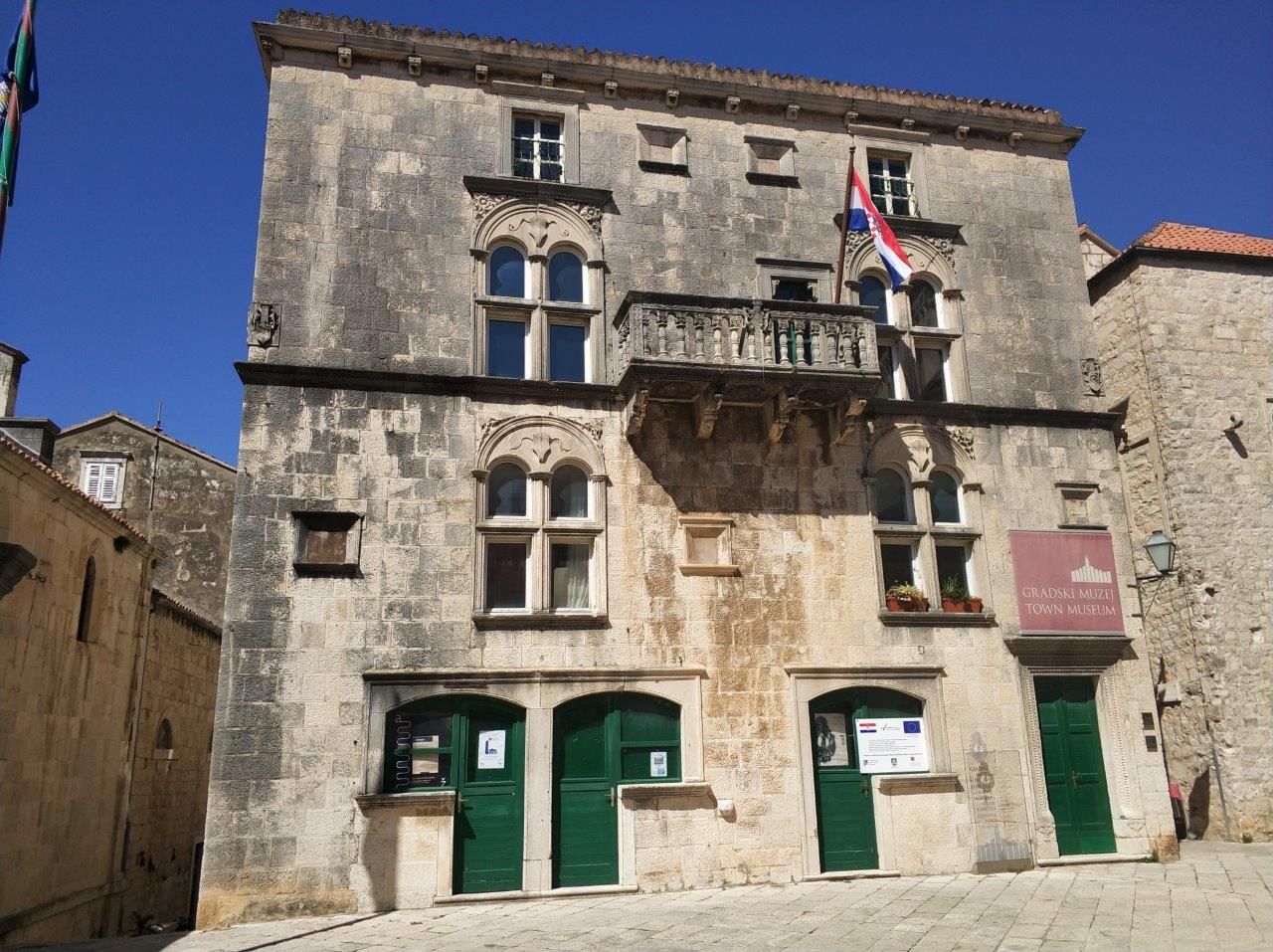
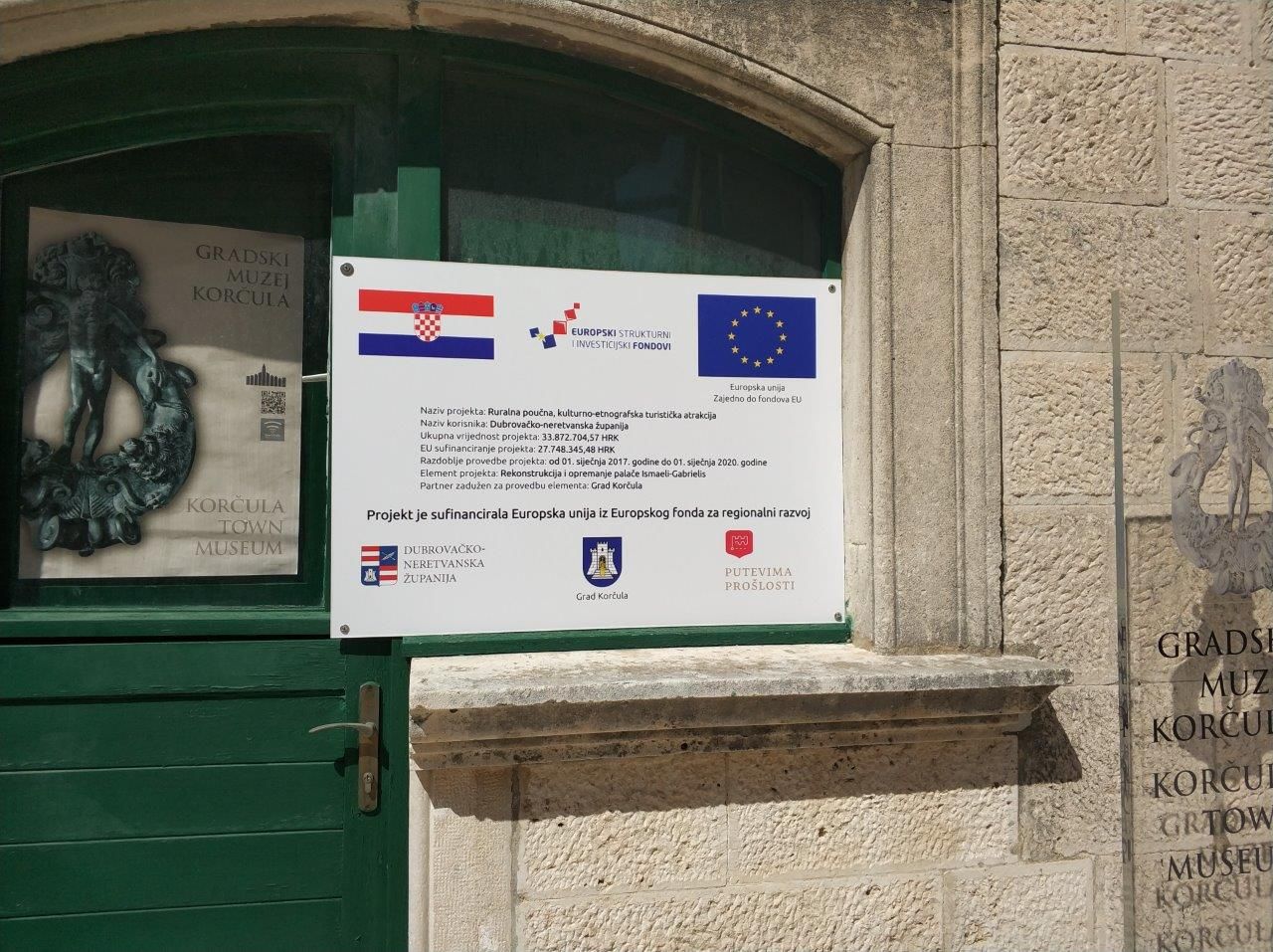
On Sunday, it seemed that there are much more people in and around the town, we even saw first groups of tourists, and the restaurant we mentioned, that were open, were practically full for lunch. We agreed that it's quite unexpected that in early April, after only a couple of days of nice weather and basically just after Easter there would be so many tourists in Korčula, either in organized groups or individual visitors.
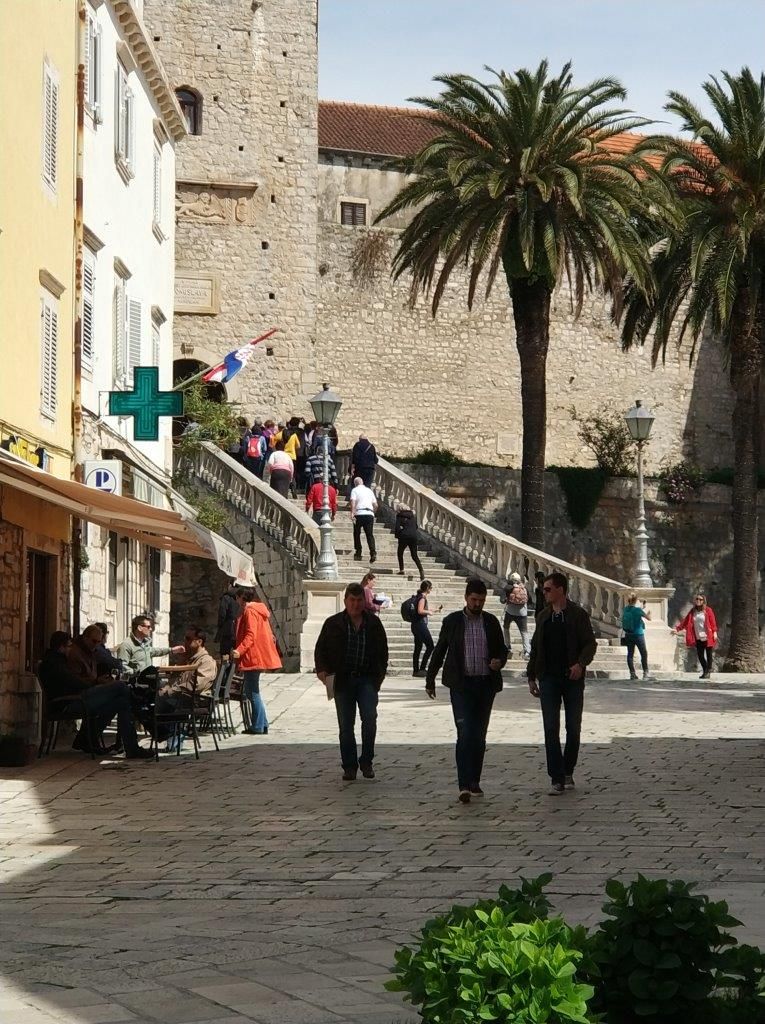
We saw that the works on the old building of the Community Centre and a restaurant that's been closed for more than 10 years were going nicely (people in Korčula call that building "Liburna", because that was the name of the restaurant located in the building; not to be confused with "Liburna Hotel"). Although the mayor said that New Year 2018 will be welcomed in the re-done building of Liburna, it obviously wasn't, but it appears that 2019 just might. After all the work is done, there will be three multi-functional halls at that location, and town Korčula will have a great venue for various communal events.
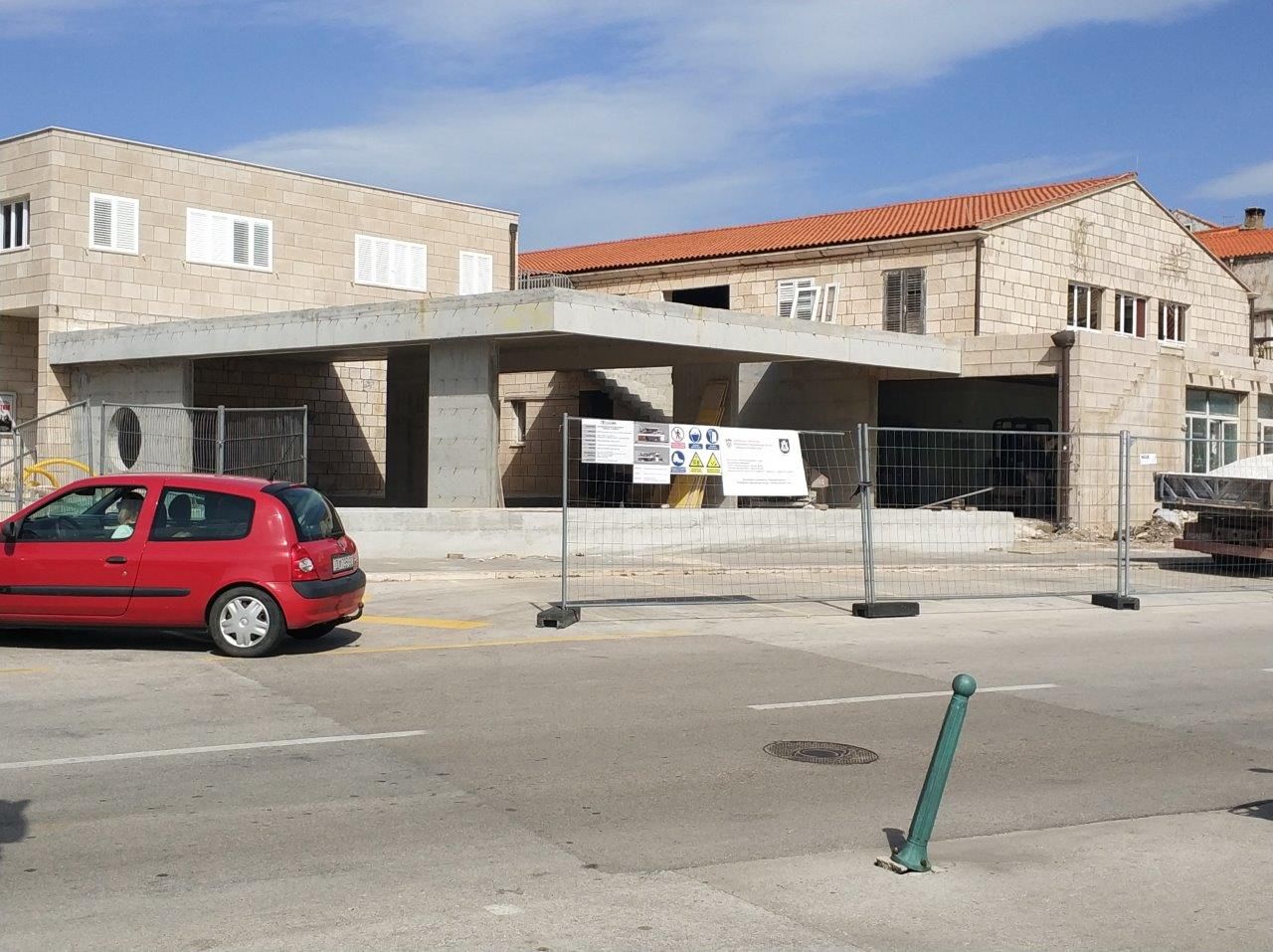
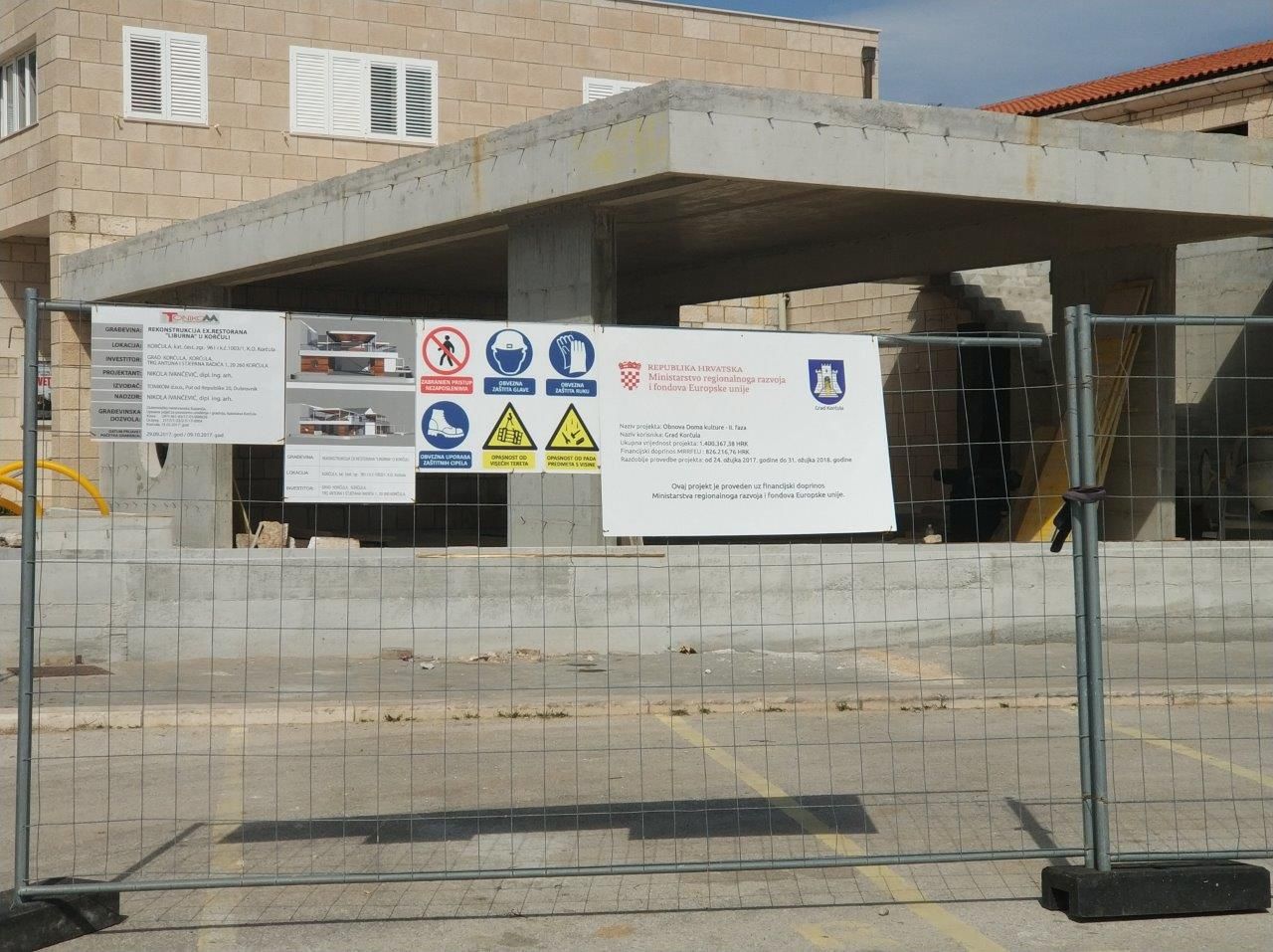
And then, on Monday, things really started happening. The neighbors in the town, working on the renovations of their appartments, either for rent or to live in them, were working hard, as they were racing against the clock (more on that later). The terraces of the restuarants on the waterfront street just started appearing, almost out of thin air, first their metal elements, then came the woodwork, then the people with the pressure washers. It seemed like every single time we passed down the street, there was a new terrace out, either being cleaned or already ready for service! At the same time, the scaffolding appeared (also, it seemed as if it happened over night) on the already mentioned Ismaeli-Gabrielis Palace, and the works probably started there already.
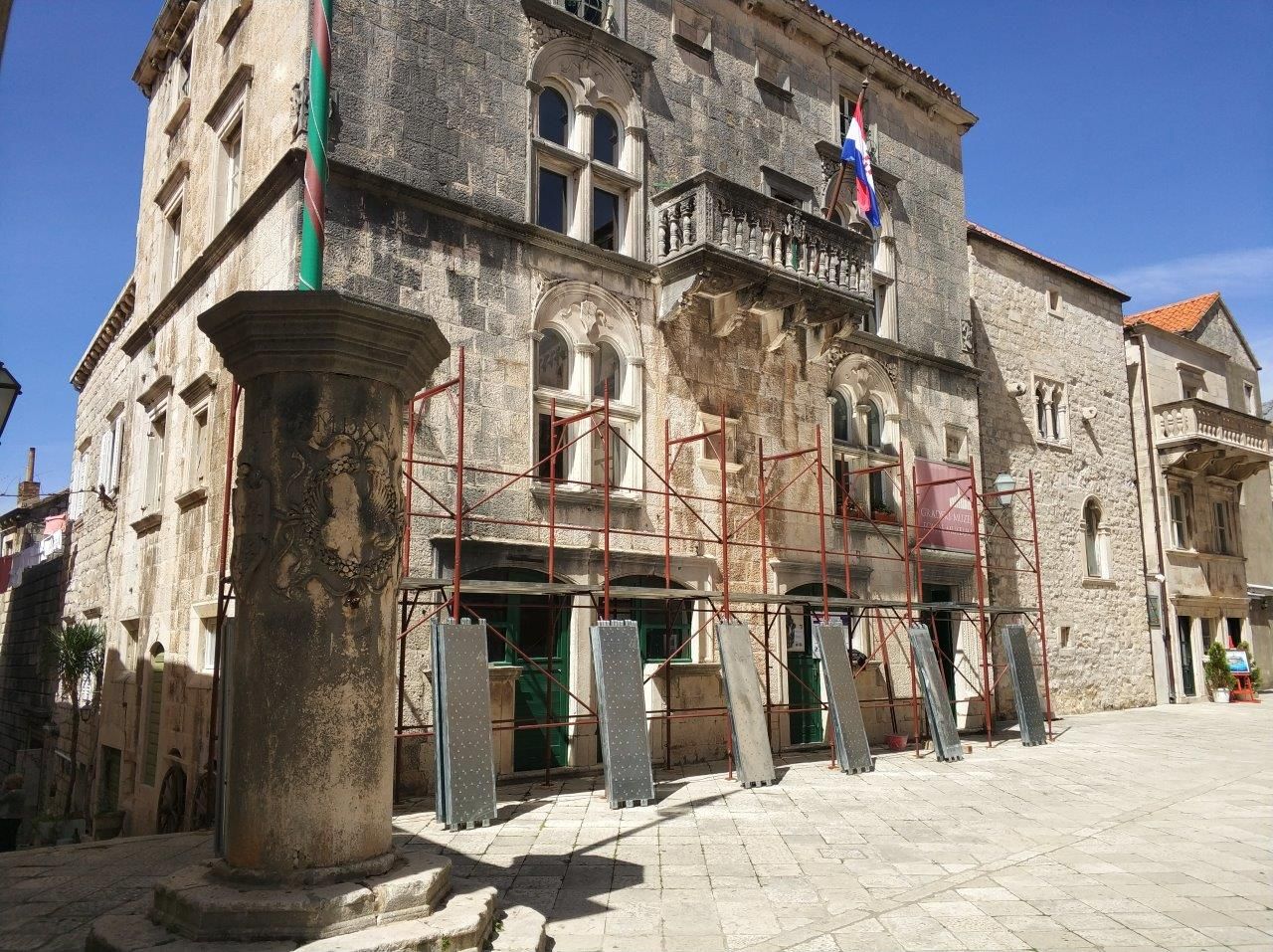
Why am I mentioning the works being done "racing against the clock?" Like many other towns in Croatia (and elsewhere, for sure), the town of Korčula bans major construction works during the high tourist season, for obvious reasons. The Ordinance says that major construction works are not allowed in the town in the period between June 1st and September 30th. So, any major work on private propery basically needs to be finished within a month and a half, or wait for the tourist season to be over and then performed during the rainy autumn. The Ordinance, of course, does not apply to any of the works performed or paid for by the Town itself, but they are usually most aware of the fact that tourists require some peace and quiet and are abifing by it anyway.
And for the nature awakening? Let me just leave you with one photo of the blossoms of the orange tree, and special bonus points to those of you who manage to spot the smallest littlest orange fruit on it. And there's a lot of jellyfish. I know nothing about jellyfish, except that I've never seen one in Korčula before this spring. I hope they leave before it's human-swim time.
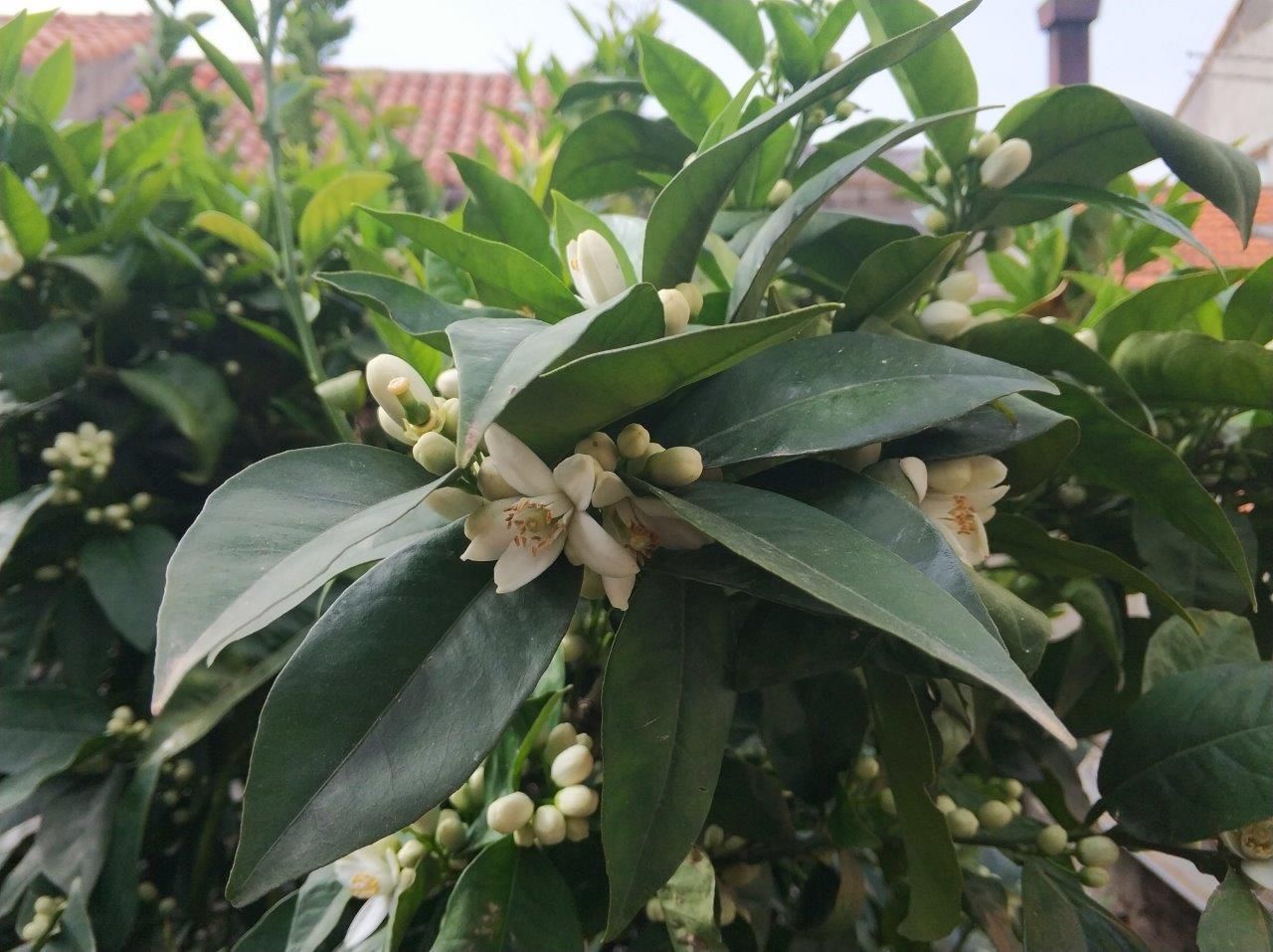

(All photos by Iva Tatić)


